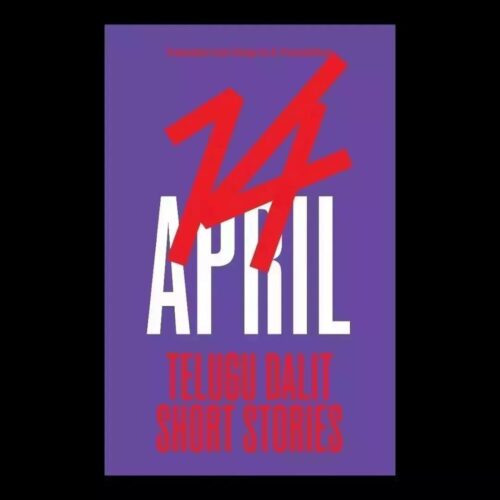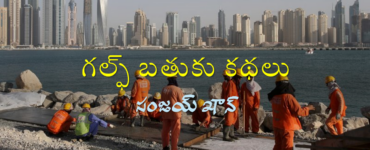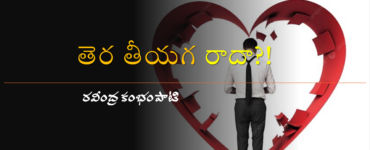This collection of Dalit Short Stories offers new insights in several ways. First, it indicates the vitality of the Dalit movement in the Telugu speaking regeon. For many reasons, this region has produced more than its share of scholars and activists from the time of the Adi-Andhra movement on – and now we have a record, in English, of sixteen writers. Secondly, it offers the possibility of comparison between life in the Telugu speaking regeon and that in other areas where translation is available, chiefly Maharashtra and Karnataka. Much is the same – hardship of labour, the heavy hand of landlords and the rape of women, among other things. Other stories bring new insights and this brief note will concentrate on them.
Professor K. Purushotham of Kakatiya University, Warangal, has given us a long and useful introduction on the history of Dalit writing in Telugu, its place in Dalitising Telugu literature and the rise of the ‘Mudhouse’ Dalit writers. Most of the stories, with rural settings, are realistic representations, or what is known as the lived experience. The essential difference between the sympathetic high caste writer using Dalit material and the Dalit writer is well explained by the contrast between compassion and self-respect, assertion and protest.
While many of the subjects are inevitably familiar to those who read Dalit literature, some stories add more reality to the problems and others enter new territory. As an example of the reality emphasis, the story entitled “Block” contains the most graphic description yet of a scavenger’s work with human waste. The desperation, courage and hopelessness of the scavenger herself are also very moving. Incidentally, a septic toilet is called ‘Bombay toilet,’ a tribute to urban modernity? The problems of traditional duties, ‘vetti’ in all their ramifications appear in several stories. The vulnerability of women is clearly shown, but one unusual story tells of an unusual Madiga woman, a Dakkali by caste, who narrates family histories, exorcises evil, hunts and marries a Mala because she could find no one from her caste who could match her. It also is one of the few references to the sub-caste divide within the Dalits.
Incidentally, most of the stories are about Malas. And most of the landlords, all of them quite dreadful, are Reddys, not Kammas, one story deals with the latter’s atrocity though.
There are also casual references to non-village entities that are evidently part of Mala and Madiga experiences: Dubai, Ambedkar, Karna. And there is an occasional sign of hopefulness, such as the statement that the alphabet taught by a Dalit teacher “didn’t pollute you.”
The subtle meanings of “Crow” are indicated in the story by that name and the terror crows could inflict is well described. The story also brings out a theme previously explained only in literature on folk practices – the sub-castes which serve only a Dalit caste, in this case the Bandodu and the Madigas. Prabhakar Mande has written extensively about this phenomenon, but in Marathi. It is interesting to note these sub-castes, who serve only one untouchable caste, in two stories in another language area. One wonders how widespread the practice is. Here it is a fascinating discovery of relationships not always understood.
At times the English reads like a word for word translation from the Telugu but it is always vivid and understandable.
-Eleanor Zelliot
Carleton College
Northfield, USA
2016









Add comment